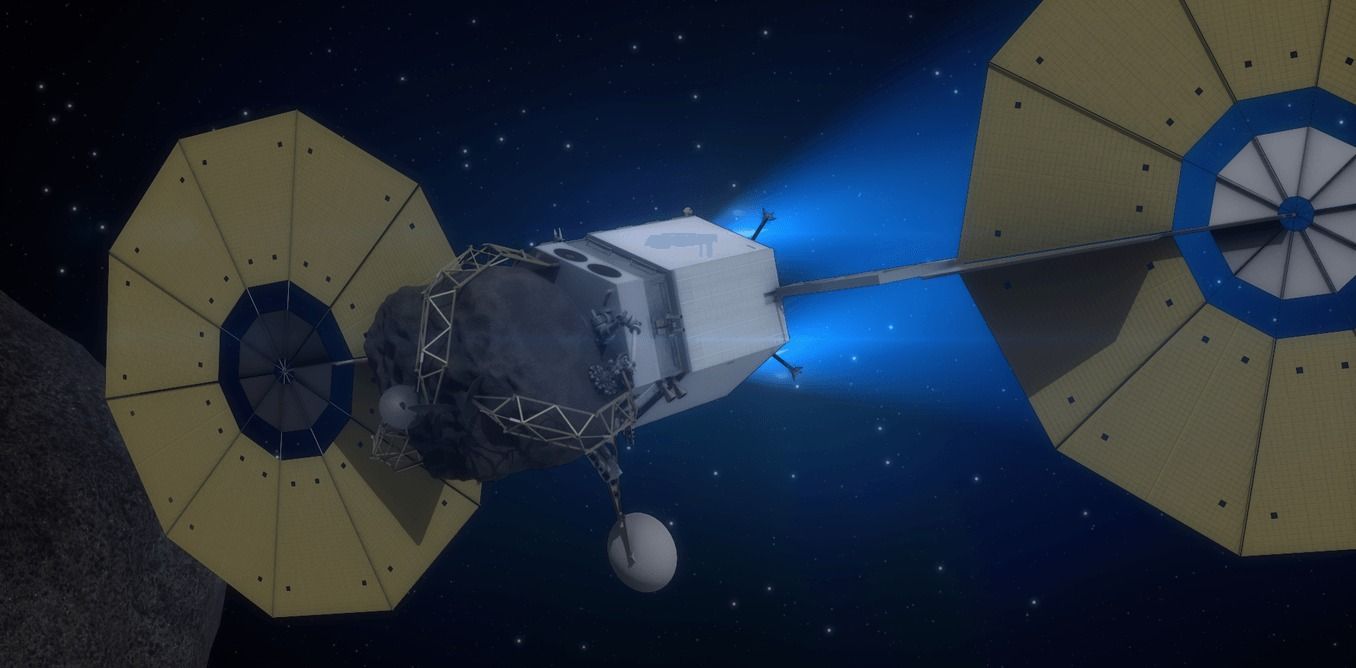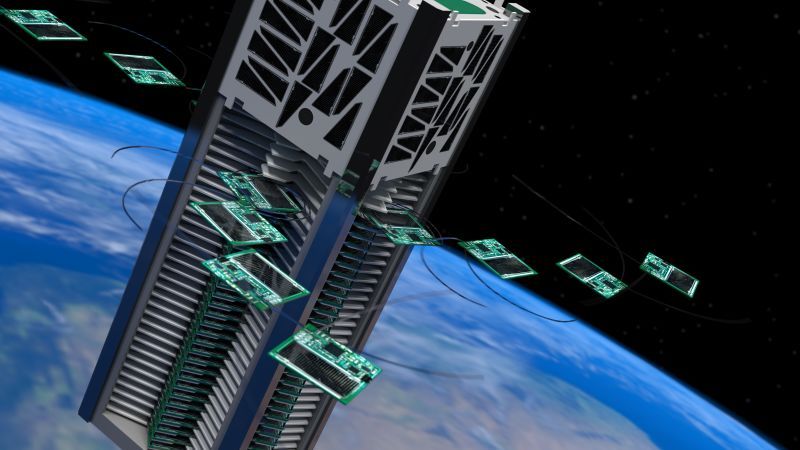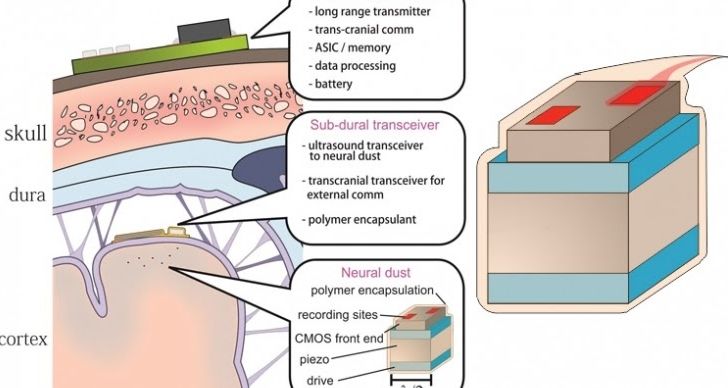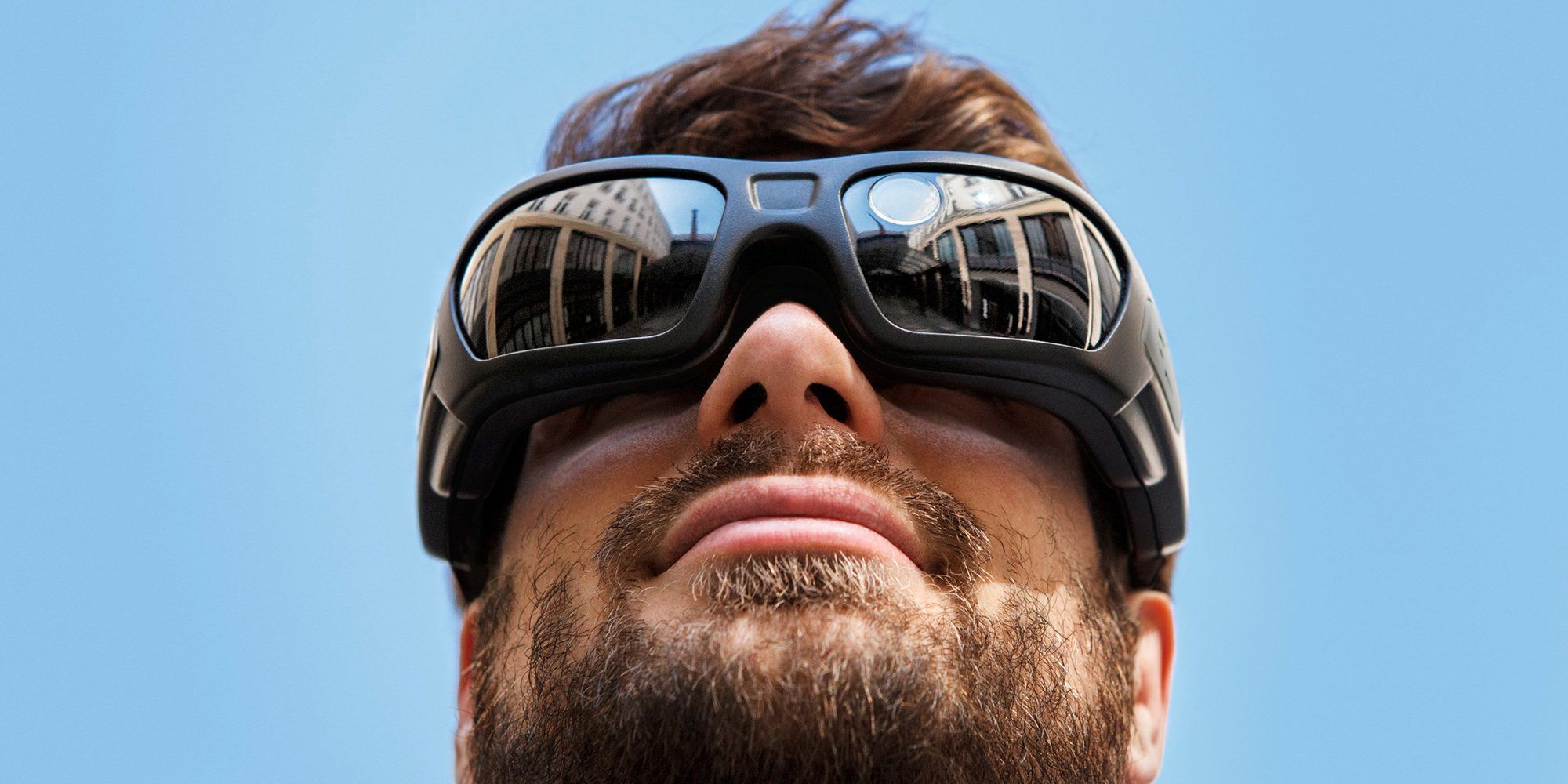Page 11054
Jun 2, 2016
How to capture an asteroid – and why we should go to such trouble
Posted by Montie Adkins in category: space
Also, here is Eros compared to Lake Tahoe:
http://www.erosproject.com/erosfact.html?source=ErosProject
And I have to mention though I cannot find the proper link, there is at least one burnt out comet head that is a Near Earth body who’s water content has been compared to Lake Tahoe.
Continue reading “How to capture an asteroid – and why we should go to such trouble” »
Jun 2, 2016
A guy trained a machine to “watch” Blade Runner. Then things got seriously sci-fi
Posted by Sean Brazell in categories: entertainment, robotics/AI
The story of how an AI watching a movie about AIs led to the coolest, weirdest DMCA takedown ever.
Jun 2, 2016
These Tiny Spacecraft Could Lead Us to Alpha Centauri
Posted by Klaus Baldauf in categories: computing, military, robotics/AI, satellites, solar power, sustainability
Earlier this spring, Russian billionaire Yuri Milner casually announced his intention to develop spacecraft that can travel at up to 20 percent the speed of light and reach Alpha Centauri within twenty years. From the outset, it was clear that no humans would be making the warp jump—the mission will involve extremely lightweight robotic spacecraft. A new fleet of tiny satellites hints at what those future interstellar voyagers will look like and be capable of.
Meet Sprites: sticky note-sized devices that sure look like the result of the Pentagon’s long-anticipated floppy disk purge, but are in fact state-of-the-art spacecraft complete with solar cells, a radio transceiver, and a tiny computer. Later this summer, a Cornell-led project called Kicksat-2 will launch 100 of these puppies to the International Space Station. There, the satellites will spend a few days field-testing their navigational hardware and communications systems before burning up in orbit.
The project’s lead engineers, Zachary Manchester and Mason Peck, are on the advisory committee for Breakthrough Starshot, an ambitious effort to reach our nearest neighboring star system within a generation. (In fact, the potato chip-sized computer Milner held up during a highly publicized press conference in April was Manchester’s own design.) Sprites, and the “chipsat” technology they’re based on, are a step toward that goal of interstellar travel. More generally, they’re an indication of the future of space exploration.
Continue reading “These Tiny Spacecraft Could Lead Us to Alpha Centauri” »
Jun 2, 2016
Neural Dust — ultra small brain interfaces — is being used to make cyborg insects
Posted by Klaus Baldauf in categories: cyborgs, electronics, energy, neuroscience
As the computation and communication circuits we build radically miniaturize (i.e. become so low power that 1 picoJoule is sufficient to bang out a bit of information over a wireless transceiver; become so small that 500 square microns of thinned CMOS can hold a reasonable sensor front-end and digital engine), the barrier to introducing these types of interfaces into organisms will get pretty low. Put another way, the rapid pace of computation and communication miniaturization is swiftly blurring the line between the technological base that created us and the technological based we’ve created. Michel Maharbiz, University of California, Berkeley, is giving an overview (june 16, 2016) of recent work in his lab that touches on this concern. Most of the talk will cover their ongoing exploration of the remote control of insects in free flight via implantable radio-equipped miniature neural stimulating systems.; recent results with neural interfaces and extreme miniaturization directions will be discussed. If time permits, he will show recent results building extremely small neural interfaces they call “neural dust,” work done in collaboration with the Carmena, Alon and Rabaey labs.
Radical miniaturization has created the ability to introduce a synthetic neural interface into a complex, multicellular organism, as exemplified by the creation of a “cyborg insect.”
“The rapid pace of computation and communication miniaturization is swiftly blurring the line between technological base we’ve created and the technological base that created us,” explained Dr. Maharbiz. “These combined trends of extreme miniaturization and advanced neural interfaces have enabled us to explore the remote control of insects in free flight via implantable radio-equipped miniature neural stimulating systems.”
Jun 2, 2016
Elon Musk’s craziest idea is the AI-beating Neural Lace
Posted by Sean Brazell in categories: Elon Musk, robotics/AI, sustainability, transportation
RANCHOS PALOS VERDES, California — Are you ready to interface with your digital self at neural level? Elon Musk wants you to. In fact, he thinks it’s the only way we can prevent becoming our artificial intelligence overlords’ house cats.
Musk laid our this wild, new digital vision during a late evening chat at the annual Code Conference.
SEE ALSO: Tesla Model 3 won’t get free Supercharger access, Musk says.
Jun 2, 2016
This Incredible ‘Star Trek’ Visor Could Help The Blind See Again
Posted by Shailesh Prasad in category: futurism
This ‘Star Trek’ Visor Could Help The Blind ‘See’ Again.
UK trials are set to begin this year.
Jun 2, 2016
Why people who believe in God ‘are more likely to have a lower IQ’
Posted by Shailesh Prasad in category: futurism
Stupid people are more likely than eggheads to believe in God, a controversial new study claims.
In a move that is bound to offend millions of churchgoers, a British psychologist says he has found a link between having a high IQ and being an atheist.
The discovery helps explain why university academics are less likely to be religious than almost anyone else, he says.
Continue reading “Why people who believe in God ‘are more likely to have a lower IQ’” »
Jun 2, 2016
DARPA moving forward with drone ‘space plane’
Posted by Andreas Matt in categories: drones, military, robotics/AI, satellites
The US military’s research arm says its robotic “space plane” program has received funding for the next phase of development. Aiming to provide a quicker and cheaper way to launch satellites, the still-conceptual vehicle may fly as early as 2019.
The Experimental Spaceplane (XS-1) program is intended to prove that “routine and responsive access to space can be achieved at costs an order of magnitude lower than with today’s systems,” according to Jess Sponable, program manager at the Defense Advanced Research Projects Agency (DARPA).
After reviewing studies submitted by several aerospace conglomerates, DARPA has now issued a call for design proposals. The deadline for submissions is July 22.


















